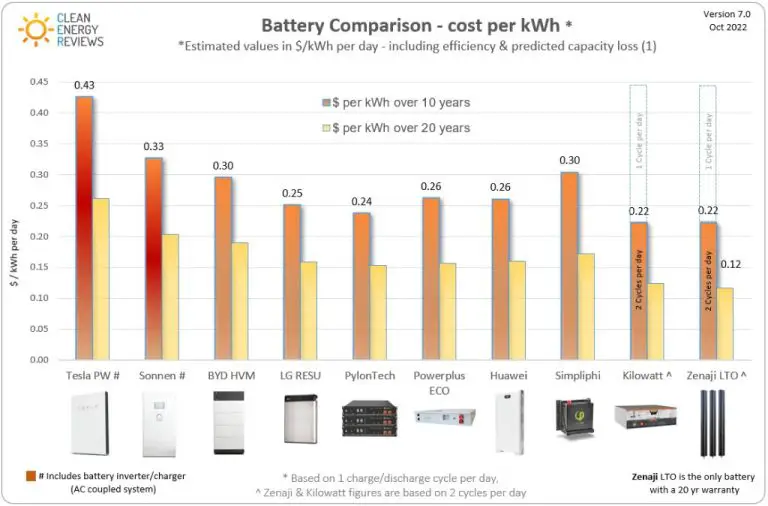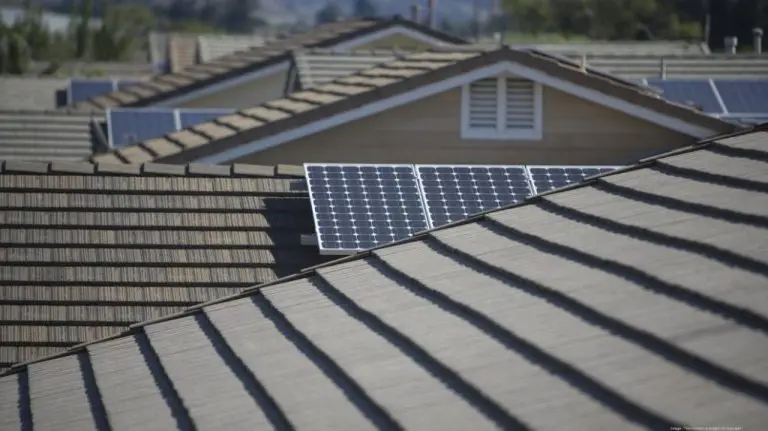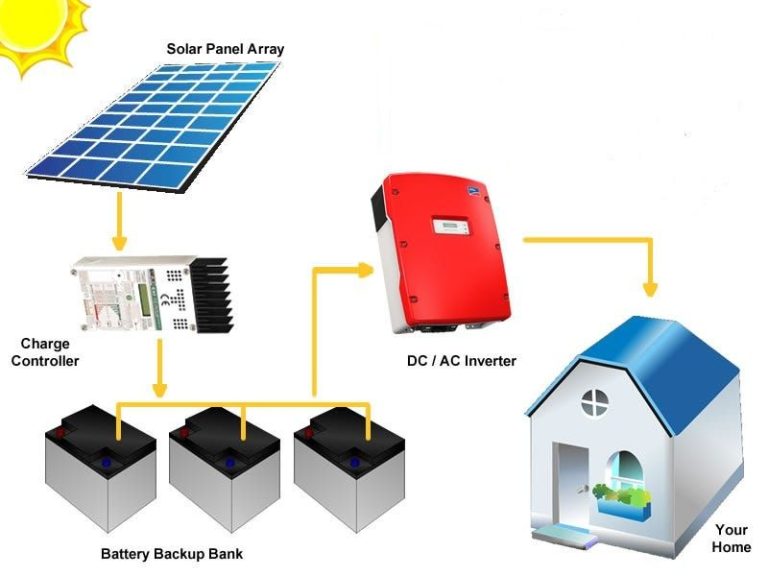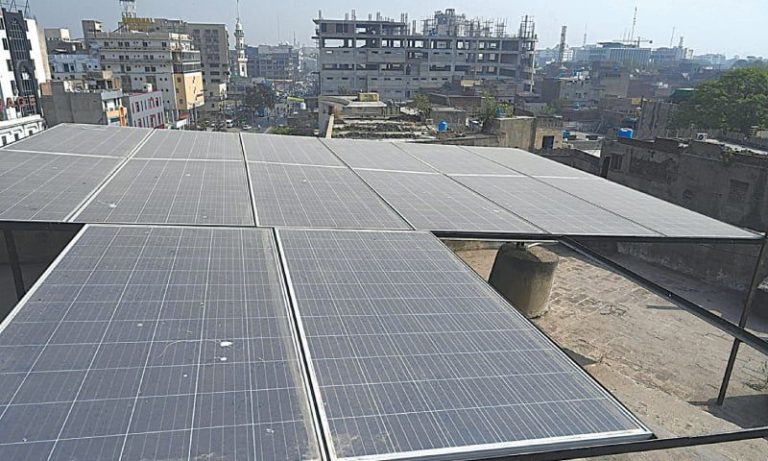How Does The Sun Maintain Its Energy Output?
The Sun is the star at the center of our solar system and by far the largest object in the solar system. As a G-type main-sequence star, the Sun provides most of the energy for life on Earth. The Sun’s longevity and consistency are vital to life as we know it. But how does the Sun produce such massive amounts of energy consistently for billions of years? In this article, we will explore the processes by which the Sun maintains its enormous energy output.
Fusion Reactions
The Sun produces energy through nuclear fusion reactions occurring at its core. There are two main types of fusion reactions that take place – the proton-proton chain and the carbon-nitrogen-oxygen (CNO) cycle.
In the proton-proton chain, hydrogen nuclei (protons) fuse together in a multi-step process to form helium. The steps involve protons colliding to form a deuterium nucleus (hydrogen with one neutron), which then collides with another proton to make helium-3. Two helium-3 nuclei can then collide to form helium-4, releasing two protons in the process.
The CNO cycle also fuses four protons into one helium-4 nucleus, but uses carbon, nitrogen and oxygen isotopes as catalysts. A proton fuses with carbon-12 to make nitrogen-13, which decays into carbon-13. Carbon-13 fuses with another proton to make nitrogen-14, which decays into oxygen-14. Two oxygen-14 nuclei can then fuse into one magnesium-24 nucleus, which decays into two helium-4 nuclei.
Both the proton-proton chain and CNO cycle convert hydrogen into helium, releasing energy in the process. The fusion reactions release energy because helium nuclei are more stable and have less mass per nucleon than the original hydrogen nuclei. This lost mass is converted into energy according to Einstein’s equation E=mc^2.
Gravitational Contraction
The Sun maintains its energy output through a process called gravitational contraction. The Sun is composed mostly of hydrogen and helium gas. The extreme mass of the Sun – about 333,000 times the mass of the Earth – creates an incredibly powerful gravitational force acting on all that gas. This gravitational force causes the gas that makes up the Sun to be pulled inward and compress, similar to how a deflating balloon shrinks. As the gas compresses under this inward gravitational force, the atoms and molecules get pushed closer together. This compression heats up the gas, just like squeezing a bike pump heats up the air inside.
The closer the atoms and molecules get packed together, the faster they move and collide, generating extreme amounts of friction and heat. The inward pull of gravity causes continuous compression, and thus heating, of the gas within the Sun. This gravitational compression and heating is constantly acting to counterbalance the cooling effects of the heat radiating away from the Sun’s surface. This balance of gravitational heating and radiative cooling is what maintains the Sun’s consistently high energy output.
Temperature and Pressure
The core of the sun has an extremely high temperature, around 15 million degrees Celsius. This intense heat is generated by the gravitational forces from the sun’s massive weight pressing inward and compacting the core. The high density of the core results in enormous pressure as well – over 250 billion times the air pressure we experience on Earth!
These extreme conditions of temperature and pressure are key to allowing nuclear fusion reactions to occur in the core. Fusion requires nuclei to move very fast and overcome electrostatic repulsion between positively-charged protons. The high kinetic energy from the intense heat provides enough speed, while the tremendous pressure squeezes nuclei together hard enough to overcome repulsion.
The temperature and pressure balance each other in maintaining the nuclear fusion process. The high temperature provides kinetic energy to fuse nuclei together, which releases energy and keeps the core hot. The gravitational pressure contains this heat and sustains the high density needed for collisions between nuclei to occur.
This delicate balance between heat and pressure is crucial to generating the nuclear fusion reactions that ultimately produce the immense energy radiating from our Sun.
Radiative Zone
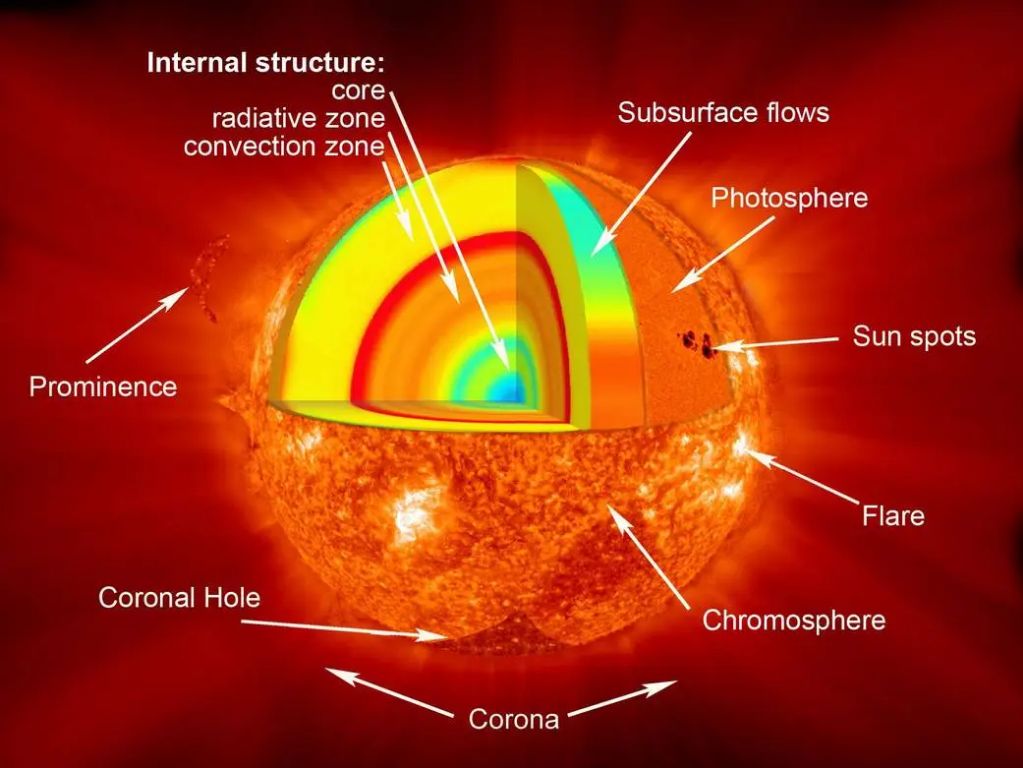
The radiative zone is the region that extends from the core to about 70% of the way to the sun’s surface. In this zone, energy is transferred by radiation, which is the process where photons of light carry heat from one location to another. The high temperature and density in the core allows fusion reactions that release tremendous amounts of energy in the form of gamma rays. These photons cannot travel far before they are absorbed by another atom’s electrons, heating them up. This heated electron then emits another photon with lower energy than the original. This absorption and reemission process continues, with photons slowly working their way outward through the radiative zone and losing more and more energy with each step. It can take a single photon up to 200,000 years to migrate from the core through the radiative zone to the outer layers of the sun. This slow, radiative process of energy transfer allows the sun’s core to remain extremely hot, while the outer layers are much cooler in comparison.
Convective Zone
The outer 30% of the Sun, from the base of the photosphere to the surface, is known as the convective zone. This zone consists of columns of hot plasma that rise from deeper layers, transporting heat toward the Sun’s surface through convection currents.
The Sun generates energy via nuclear fusion reactions at its core, which radiates heat outward. In the radiative zone below the convective zone, energy is transferred mainly through radiation as photons gradually move toward the surface. However, in the convective zone, the plasma becomes cooler and denser as it approaches the surface. This causes the radiative heat transfer to become inefficient.
Instead, the plasma begins moving in convection currents. Hot columns of plasma rise up from the bottom of the convective zone, while cooler plasma sinks down. As the hot plasma rises to the surface, it transfers thermal energy outward. This convection allows for the efficient transfer of heat from the Sun’s interior fusion reactions out toward its surface.
The rising columns of hot plasma within the convective zone are also what causes sunspots on the solar surface, as they disrupt the Sun’s magnetic field lines. Overall, the convection currents within this outer layer play a key role in moving thermal energy from the Sun’s core out to its photosphere, enabling it to maintain its high energy output.
Sunspots
Sunspots are areas on the Sun’s surface that appear darker than the surrounding areas. They form where magnetic fields are particularly strong and disrupt the normal flow of heat from the interior of the Sun.
The Sun’s magnetic field rises up through the convective zone and emerges as concentrated bundles of magnetic field lines at the photosphere, the visible surface of the Sun. These bundles of magnetic field lines block the normal convection process, preventing heat from flowing up to the surface in that area, which causes it to be cooler and appear darker.
The number of sunspots present on the Sun goes through regular cycles of minimum and maximum activity, with the entire cycle lasting about 11 years. At the peak of activity there can be hundreds of sunspots visible from Earth. The activity level of sunspots is closely tied to the strength of the Sun’s magnetic field.
So in summary, sunspots and the associated magnetic field cycles play an important role in modulating the amount of heat that gets transferred from the interior of the Sun to its surface. The cyclic nature of sunspot activity is linked to the generation of the Sun’s magnetic field through complex dynamics inside the Sun.
Solar Wind
The solar wind is a stream of charged particles, mostly protons and electrons, that emanates from the upper atmosphere of the Sun at speeds of up to 500 km/s. As these particles stream away from the Sun, they carry some of the heat away from the solar surface. The solar wind is possible because the corona, the outermost part of the Sun’s atmosphere, is so hot that the particles have enough energy to break free of the Sun’s gravity.
The solar wind acts to moderate the overall temperature of the Sun. Without the solar wind carrying heat away, the Sun would continue to heat up as it contracted under gravity. Instead, the solar wind creates a complex system where some heat is lost from the surface while the fusion reactions in the core continue to produce massive amounts of new heat. The solar wind essentially creates a balance between heat production and heat loss.
As the solar wind travels through space, the particles interact with planetary magnetic fields and charge particles in the interstellar medium. The solar wind shapes the magnetospheres of planets and also influences galactic cosmic rays. So while the solar wind’s main role is carrying heat from the Sun, it also has effects throughout the solar system and beyond.
Mass of the Sun
The Sun’s enormous mass is the key reason it can produce such vast amounts of energy. With a mass of 1.989 x 10^30 kg, the Sun contains over 99.8% of the total mass of the Solar System. This huge mass generates an intense gravitational force that compresses the core, producing extremely high pressure and temperature conditions needed for nuclear fusion.
The more massive a star is, the faster it burns through its hydrogen fuel via fusion reactions. A star like our Sun takes around 10 billion years to exhaust its hydrogen supply in the core. In contrast, a star with 3 times the mass of our Sun would burn through its fuel in just a few hundred million years before expanding into a red giant.
The Sun’s mass allows it to fuse about 600 million tons of hydrogen into helium every second. This produces an astonishing 384.6 septillion Watts of power output (that’s a 3 with 26 zeros!). Without its substantial mass, the Sun would never have become hot enough to ignite nuclear fusion and shine as a star in the first place. The Sun’s mass determines its entire evolution and lifecycle – all stemming from the huge gravitational forces generated by all that matter pressing inward.
Conclusion
The Sun is able to maintain its energy output over billions of years due to the nuclear fusion reactions occurring at its core. The immense gravitational pressure and extreme temperatures allow hydrogen nuclei to fuse into helium, releasing tremendous amounts of energy. This energy makes its way from the core in the radiative and convective zones, eventually reaching the Sun’s surface and streaming outward as sunlight and solar wind. Though fluctuations in energy output occur in cycles and lead to changes like sunspots, the mass and internal dynamics of the Sun enable it to produce a consistent energy supply that makes life on Earth possible.


